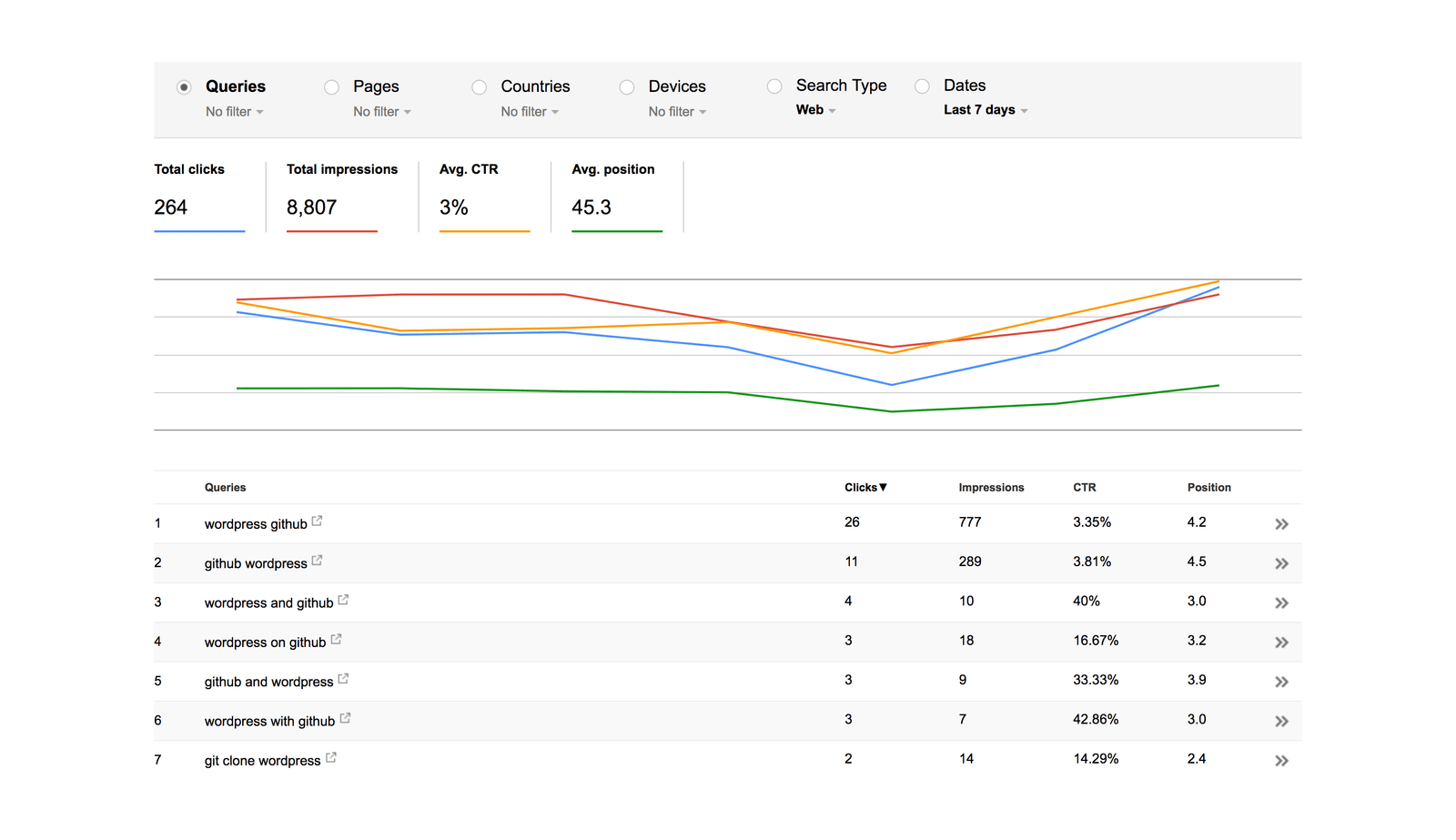You’ve spent the last year or so planning, designing, and building your website.
Blood, sweat, and tears flowed in to making your shiny new site everything you envisioned. And now’s the time to release it to the world. But don’t get carried away just yet. Now’s the time to take stock, review, and install strategies to ensure your launch is a success. Let’s take a look at a few ways you can help your site blossom once you go live.
Measure effectiveness after launching your website
Up to this point, your UI/UX/design decisions have been best guesses. You might have done some homework, researched your target audience, and made assumptions about who they are and what they need. But spoiler alert—there’s a good chance you’re completely wrong.
“What gets measured gets managed.”
To know the effectiveness of your site, you need to understand your current landscape. You should have defined KPIs before launch to measure site performance. If you don’t, you’ll have no idea how your new site stacks up against the old. It’ll be a shot in the dark. You’ll be making assumptions based on feelings rather than data.
Software such as Google Analytics is helpful to sort through user interactions. Monitoring traffic and patterns will give you insight and assure you that things are performing as expected.
It’s also important to know where your traffic is coming from and what words or phrases people use to find you. This is where Google Search Console comes in. It can tell you what people are searching for when they find you. Here’s an example of some of the search traffic we get for our Using WordPress with Github article.

Google Search Console
Once you know who’s coming and why, you can optimize your pages for peak performance around SEO best practices.
Launching your website (and driving traffic) with content
We all know that content is still king on the internet. If you’ve been marketing yourself all along, you should have content in place already. That’s great, kudos—but that’s not enough.
You need to have a plan in place to produce relevant content which will drive more traffic to you after launching your website. One way to do this is to think about the audience you’re trying to reach. You should have a good idea of who your users are and why they’re on your site (see above about Google Search Console). Your content should reflect that. All your content resources should go towards improving your ranking for the words and phrases your readers are familiar with.
But writing good content alone won’t guarantee more eyeballs on your site. You need to do more to get that fresh, creative, useful content to the masses. There are two good ways to do this.
The first is to reach out to others in your industry or thought circle and share your content with them. It’s possible that they find it useful and share it with their audience. They get fresh content to distribute to their tribe, you get access to their tribe. It’s a win-win.
The second way should be obvious in 2017, but in case it isn’t (or you don’t understand the importance), here goes. Social. Develop a schedule for sharing across Facebook, Instagram, Twitter, Linkedin—whatever’s most relevant for your product or service. Consistency is the name of the game here so make sure this is something you can commit to.
Our content lives inside a two week cycle. For every article we write, the life cycle is as follows:
Week 1
- Monday: Start article research
- Thursday: Post article to our blog
- Friday: Feature article in our newsletter
Week 2
- Monday: Post to Instagram & Twitter
- Tuesday: Post to Linkedin
- Wednesday: Post to Medium (yes, we re-post to Medium)
- Thursday: Post to Facebook
And the pattern continues like this in perpetuity. Yeah, it’s a lot—but if you’re serious about casting a wide net you have to do it.
And there’s so much more…
These two examples are but a drop in the bucket of what you can do to improve your site after launch. We didn’t even touch on things like usability testing, A/B or multivariate testing, optimizing speed, or fixing redirects.
But if you start small and focus on growth after launching your website, you’ll be ahead of the curve. And with technology and competition increasing more and more, you can’t afford to get behind.


